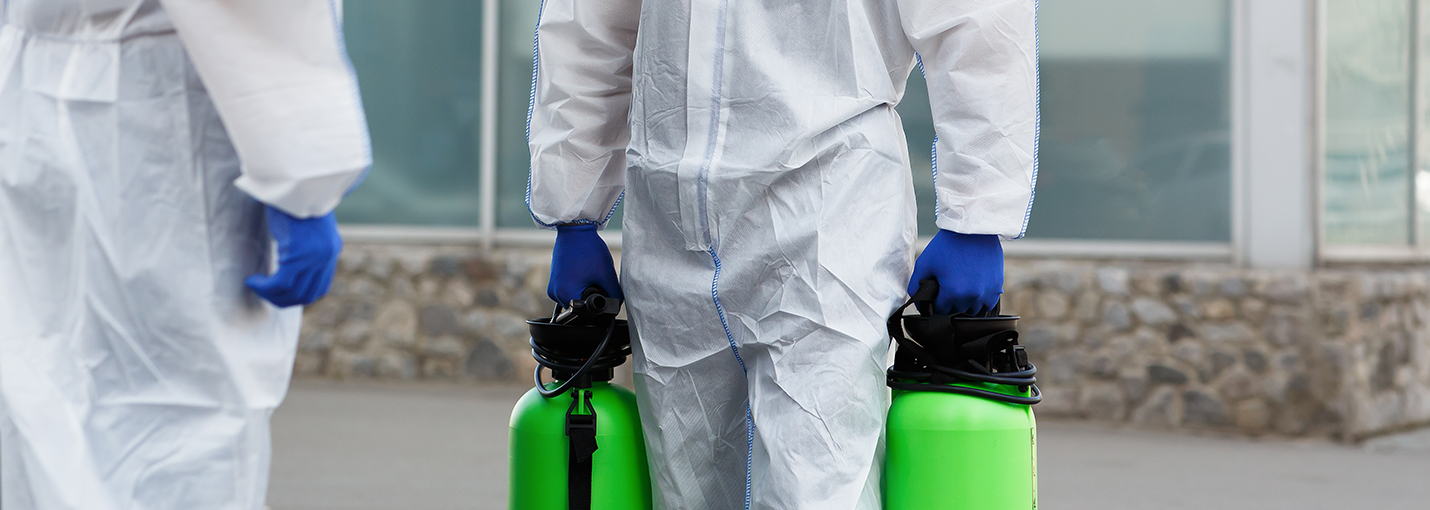In simplest terms, a surfactant is just a wetting agent (chemical) that increases a liquid’s ability to penetrate a specific target.
Amending Water
In regards to asbestos, a surfactant would be anything that increases the ability of a liquid (usually water) to penetrate and safely bind with any asbestos-containing material (ACM).
This technique is also referred to as “amending water.”
The reasons for using surfactant/amended water when dealing with asbestos are obvious: Because surfactant chemicals reduce the surface tension of the water, they increase its ability to penetrate the ACM and safely surround the asbestos fibers, which prevents the fibers from becoming airborne during handling. Think of them as a giant asbestos-hugging glove.
Surfactants are advisable, but not legally required by Federal asbestos removal regulations
Seeing as even brief exposures to asbestos fibers can lead to long-term negative health defects, you might be surprised to discover that using a surfactant is not required by the Asbestos National Emission Standards for Hazardous Air Pollutants (NESHAP), which regulates industrial pollution, including asbestos removal procedures.
The EPA, however, STRONGLY advises employing surfactants. And considering the dangers present when dealing with asbestos, this would seem to fall squarely in the “better safe than sorry” bucket.


Procedures for Wetting Asbestos Containing Materials
Procedures for how to wet ACMs vary based on the material at hand, but virtually all of them recommend complete saturation of both the item in question and the immediate surrounding areas.
During the abatement, continual use of the wetting agent should be employed so as to ensure that newly-uncovered layers of the ACM do not allow for any particles to escape into the air. Over-wetting material, however, is also a concern, as it can create a waste slurry that can be difficult to clean up.
Proper protective gear is vital to asbestos removal
Obviously, the use of certified personal protection equipment (PPE) throughout the process is also required, and only licensed professionals should be onsite during the removal process. PPE includes gloves, goggles, Tyvek or equivalent clothing, and respiratory protection.
!
WARNING: Handling of asbestos of any kind should only be performed by licensed professionals. No matter how handy you may be, do NOT DIY this project.
Asbestos exposure without proper equipment can be extremely harmful to your health and even lethal, including increasing your risk of developing mesothelioma and other cancers.
The American Cancer Society says there is no safe level of asbestos exposure.
Types of Surfactant for Asbestos Removal
There are several companies that produce surfactants for asbestos removal. Many surfactants can be purchased at hardware stores, or ordered online.
Top labels of surfactants for asbestos removal include:
|
All of them function in essentially the same way, by penetrating through the asbestos contained material and hindering the release of fibers during removal.
Millions of people were harmed by asbestos exposureOnly carry out asbestos removal work if you are properly trained and have the right equipment. Otherwise, leave the surfactants to the pros. |




